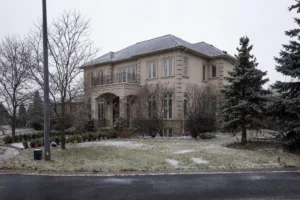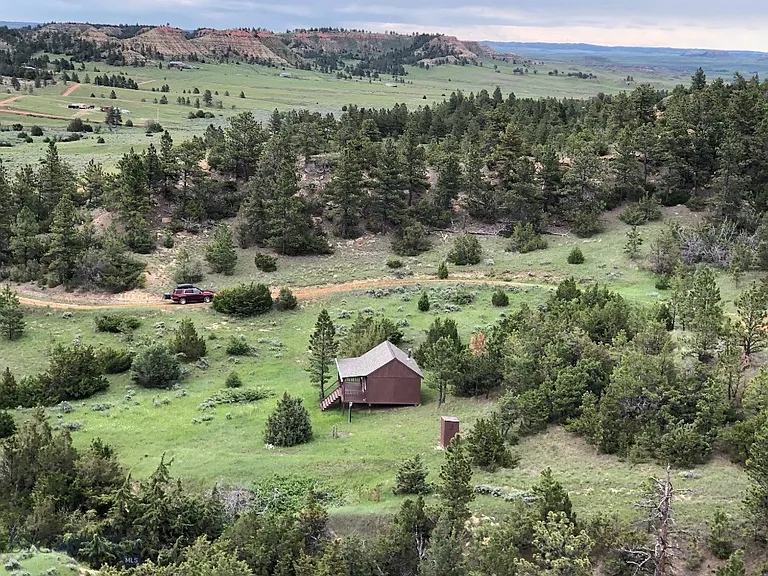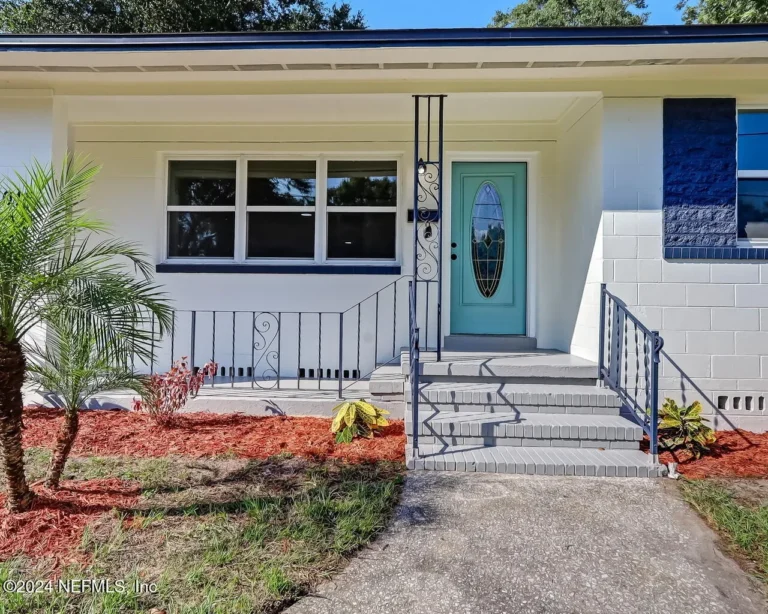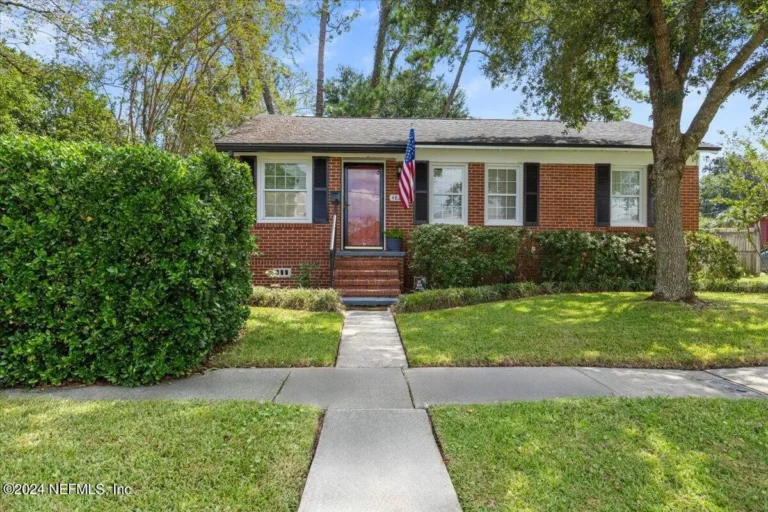Once a symbol of speed and luxury! 4,000,000 Abandoned Mansion
The Rise and Fall of a McMansion: From Luxury to Abandonment
In many suburban neighborhoods across the country, the story of once-loved homes transforming into abandoned structures waiting for demolition is becoming increasingly common. Such is the story of a property that began its life as a single-family ranch-style bungalow in the 1960s, only to be replaced by three extravagant McMansions in the early 2000s. This property, which once boasted a large backyard surrounded by mature trees, has witnessed several phases of transformation that reflect both the growing demand for housing and the rapid development of communities in once quiet areas. Today, these mansions stand in a state of decay, their windows shattered, their rooms stripped bare by vandals, awaiting the wrecking ball. These homes, once symbols of affluence and luxury, are now reduced to empty shells, soon to make way for a new era of townhouses aimed at accommodating the growing population of the region.




The 1960s were a time of growth and change for suburban America, and homes like this bungalow became symbols of a new chapter in the American experience. For families, these homes represented more than just structures—they embodied the hope and ambition of a generation striving for prosperity. The simple design of the bungalow, with its low-slung roofline, large windows, and open floor plan, made it a comfortable space to call home.
The surrounding land, likely covered with grass and bordered by fences, would have been an ideal place for children to play freely and for neighbors to interact. In the quiet evenings, families would gather on the porch, enjoying the fresh air as the sounds of the neighborhood echoed in the distance. The memories created in such spaces would have shaped the neighborhood’s identity for decades to come.


As the years passed, the landscape of suburban America began to change. What was once a peaceful neighborhood, with tree-lined streets and homes like the modest bungalow, gradually transformed into a more crowded, bustling environment. The ideal of spacious yards and quiet streets began to clash with the pressures of urban sprawl and the demands of a growing population.
Developers, with their eyes on the increasingly valuable land, began acquiring properties to build new homes or larger, more modern developments. The dream of a quiet suburban life was now at odds with the reality of rapid growth and the need for more housing to accommodate families moving to the outskirts of cities for work and better opportunities.
Old homes like the ranch-style bungalow were sometimes demolished or renovated beyond recognition, replaced with newer, larger homes or commercial buildings. While many embraced the changing landscape, others felt a sense of loss—nostalgia for the simplicity and charm of a time when suburban living was synonymous with peace and tranquility.


The rise of the McMansion marked a shift in the very definition of the American Dream. While earlier homes were modest and focused on functionality and comfort, McMansions became an expression of affluence and ambition. These homes often sprawled across large lots, dominating the landscape with their sheer size and opulence. With their towering facades, oversized windows, and lavish interiors, McMansions represented more than just a place to live—they were a statement, a way of showcasing success and wealth.
The interiors of these homes were often as grand as their exteriors. Open floor plans that seemed to stretch endlessly, with sweeping staircases, vaulted ceilings, and vast rooms designed for entertaining, were common features. The focus was on luxury: marble floors, expansive kitchen islands, spa-like bathrooms, and, of course, state-of-the-art home theaters or wine cellars. In many ways, these homes had become a canvas for showcasing the latest trends in design and technology, offering a lifestyle of excess and indulgence.
For the developers, these three McMansions represented a perfect blend of personal aspiration and professional ambition. They weren’t just building houses; they were crafting a vision of what success looked like in the late 20th and early 21st centuries—a vision rooted in the pursuit of wealth and the desire to leave behind a lasting legacy of luxury. The homes, large and ornate, stood as symbols of the developer’s success in both their business and personal lives.
Living in the McMansions for a period likely provided them with a unique perspective—experiencing the lavish lifestyles they were selling firsthand, and perhaps even influencing the design and layout of the homes to meet their own tastes and desires. In those early years, it must have felt like they were living the dream: enjoying all the perks of a high-end home while simultaneously watching the value of their properties rise, their vision becoming a tangible, thriving reality.





